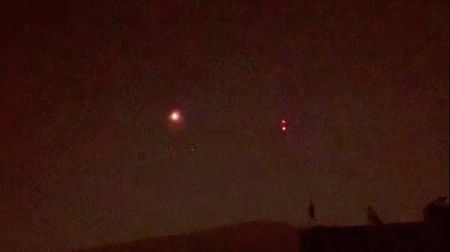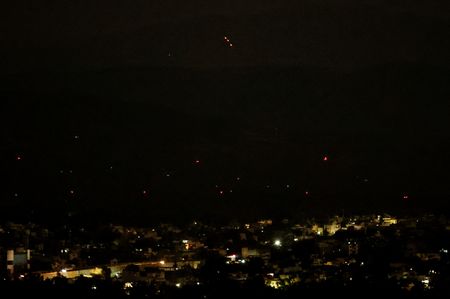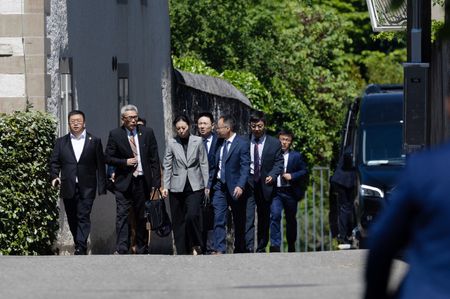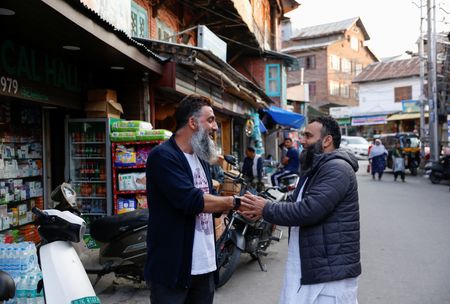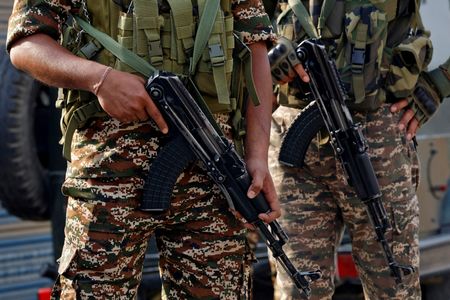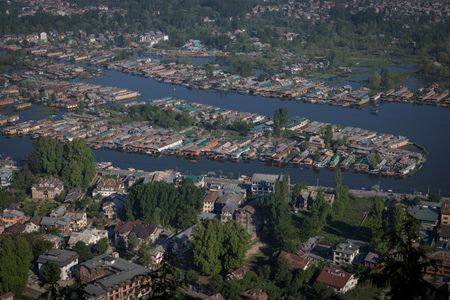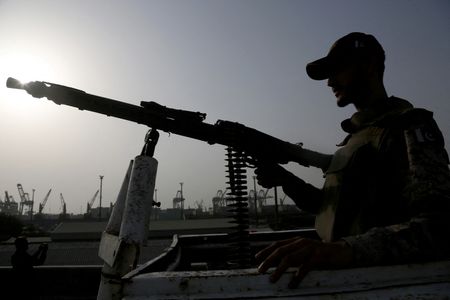NEW DELHI (Reuters) – India and Pakistan agreed to a ceasefire on Saturday after U.S.-led diplomacy, but hours later India said that Pakistan had violated the truce.
Here’s how the conflict unfolded between the two nuclear-armed neighbors and where it stands now:
WHAT IS THE CURRENT SITUATION?
After four days of intense military exchanges, India and Pakistan agreed to a ceasefire on Saturday, facilitated by U.S.-led diplomatic efforts.
The ceasefire came amid heightened fears that the conflict could escalate into a broader confrontation, with both nations on high alert.
But within hours, violations were reported from the main cities of Indian Kashmir, the territory that had borne the brunt of four days of fighting.
The Indian armed forces were responding to ceasefire violations by Pakistan hours after the truce was reached on Saturday, Indian Foreign Secretary Vikram Misri told a press briefing in New Delhi.
WHAT TRIGGERED THE CONFLICT?
The current hostilities began after a deadly April 22 attack targeting Hindu tourists in Indian Kashmir, which left 26 people dead.
India blamed Pakistan-based militant groups for the assault, prompting New Delhi to launch air strikes earlier this week on what it described as “terrorist infrastructure” within Pakistan.
Pakistan, which denies involvement in the Kashmir attack, condemned the strikes and vowed to retaliate.
WHERE DID INDIA’S STRIKES HIT?
India said it struck nine “terrorist camps” in Pakistan on Wednesday, claiming these sites were indoctrination centers, training grounds, and launchpads for attacks. Some of these, according to Indian officials, were linked to the perpetrators of last month’s violence.
Pakistan said the Indian attacks hit six locations in its territory, none of them militant camps.
HOW DID PAKISTAN RESPOND?
Pakistan initially claimed it shot down five Indian fighter jets during the first wave of strikes, a claim the Indian embassy in Beijing dismissed as “misinformation.”
In response to subsequent escalations, Pakistan said it shot down 25 Indian drones overnight, including some over its largest cities, Karachi and Lahore.
India, meanwhile, stated that it had “neutralized” Pakistani attempts to strike military targets with drones and missiles, including targeting air defense systems in Pakistan.
WHAT HAVE OTHER COUNTRIES SAID?
Global leaders have welcomed the de-escalation between India and Pakistan.
U.S. President Donald Trump credited American diplomatic efforts and described it as a result of “a long night of talks” mediated by the United States.
European Union foreign policy chief Kaja Kallas welcomed the ceasefire as a “vital step toward de-escalation,” while British Foreign Minister David Lammy urged both sides to maintain it.
WHAT NEXT?
The ceasefire agreement marks a significant step back from the brink of a major conflict.
However, despite the agreement, the Indus Waters Treaty, a key water-sharing pact between the two countries remains suspended, four government sources told Reuters.
Two Indian government sources also told Reuters that other punitive measures announced by India and reciprocated by Pakistan, such as trade suspension and visa cancellations, would remain in place for now.
(Compiled by Sakshi Dayal and Surbhi Misra; editing by Diane Craft)

